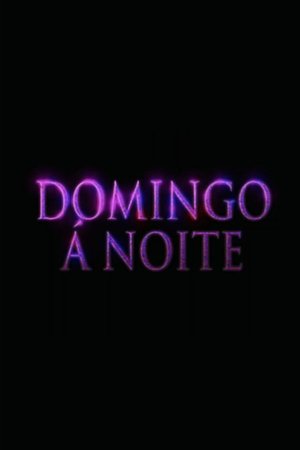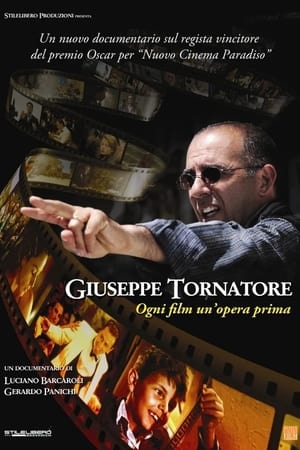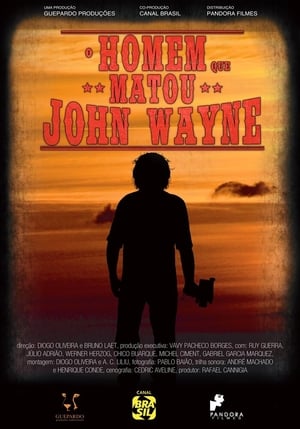
The 8-Bit Philosophy Series(2017)
Special Interest, Documentary
A film documentary about the Commodore 64 (and Amiga) cracking scene in the 1980s and 1990s. In the early years of the C64 cracker feed the masses with their cracked version of computer games. We dive deep into the minds of famous C64 crackers like Bacchus of Fairlight or Injun of Triad. Witness their story, why they cracked protected computer games, were hated by the software industry, and hunted by the police.
Movie: The 8-Bit Philosophy Series
Top 8 Billed Cast
Self
Self
Self
Self
Self
Self
Self
Self
Video Trailer The 8-Bit Philosophy Series
Similar Movies
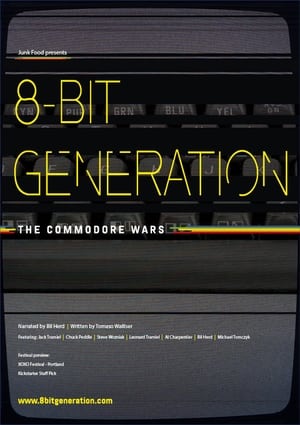 6.6
6.68 Bit Generation: The Commodore Wars(en)
The rise and fall of Commodore computers in the 70s and 80s as described by the people who created the companies and technologies.
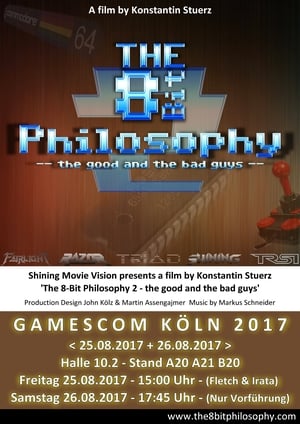 0.0
0.0The 8-Bit Philosophy 2 – The Good and the Bad Guys(en)
A film documentary about the Commodore 64 (and Amiga) cracking scene in the 1980s and 1990s. In the early years of the commodore 64 cracker feed the masses with their cracked versions of computer games. In this sequel to The 8-Bit Philosophy we dive deep into the minds of famous C64 cracker like Bacchus of Fairlight or Injun of Triad. Witness their story, why they cracked protected computer games, were hated by the software industry, and hunted by the police.
 7.3
7.3From Bedrooms to Billions: The Amiga Years(en)
A feature documentary that explores the influence of the Commodore Amiga and how it took video game development, music and publishing to a whole new level and changed the video games industry forever.
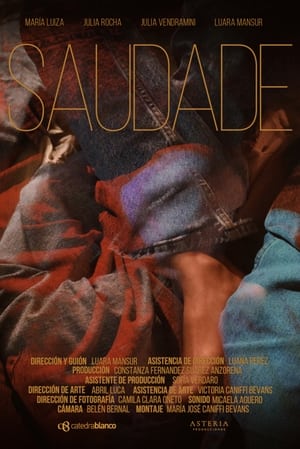 0.0
0.0SAUDADE(pt)
Four Brazilian friends meet to reflect on the importance of the friendship network they built from being immigrants in Argentina. Drawn by nostalgia, they travel a sensory path to their roots and, through food and dance, they explore the challenges and satisfactions of living in another country.
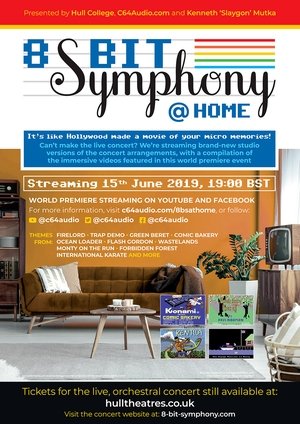 0.0
0.08-Bit Symphony @ Home(en)
Nothing beats the thrill of a live orchestra in an electrifying concert. But sometimes you just can't get there. Well, we've got you covered with 8-Bit Symphony @ Home. The atmosphere of a live concert is unmatched - the anticipation, the murmur of the audience, the shiver down the spine... you should go to the concert if you can. But... sometimes you just can't go. And that's where 8-Bit Symphony @ Home comes in, we're giving you a home experience that feels like a concert. The footage from the big screen on your big screen, and top-quality studio versions of the concert arrangements to blast through your speakers. It's not a livestream of the concert. The essence of the concert is the huge sound from a big orchestra and the hypnotic footage on the big screen. A livestream would rob the experience of all of that, with a rubbish sound and blurry video of a screen. But this way, it's like we brought the concert hall to your house.
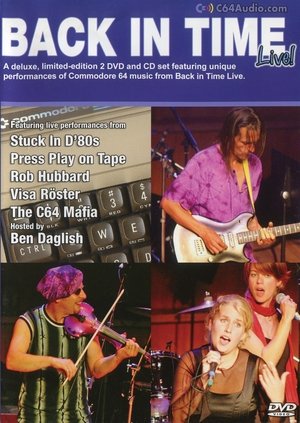 0.0
0.0Back in Time Live!(en)
Amazing live performances recorded at Brighton Centre (2003) and St. Luke's LSO (2004). Features live performances from Press Play on Tape, Stuck in D'80s, Visa Röster, The C64 Mafia and Larsec. An additional performance from the legendary Rob Hubbard is also included.
 7.1
7.1Nanook of the North(en)
This pioneering documentary film depicts the lives of the indigenous Inuit people of Canada's northern Quebec region. Although the production contains some fictional elements, it vividly shows how its resourceful subjects survive in such a harsh climate, revealing how they construct their igloo homes and find food by hunting and fishing. The film also captures the beautiful, if unforgiving, frozen landscape of the Great White North, far removed from conventional civilization.
 6.9
6.9Olympia: Part One – Festival of the Nations(de)
Commissioned to make a propaganda film about the 1936 Olympic Games in Germany, director Leni Riefenstahl created a celebration of the human form. This first half of her two-part film opens with a renowned introduction that compares modern Olympians to classical Greek heroes, then goes on to provide thrilling in-the-moment coverage of some of the games' most celebrated moments, including African-American athlete Jesse Owens winning a then-unprecedented four gold medals.
 6.7
6.7Olympia: Part Two – Festival of Beauty(de)
Commissioned to make a propaganda film about the 1936 Olympic Games in Germany, director Leni Riefenstahl created a celebration of the human form. Where the two-part epic's first half, Festival of the Nations, focused on the international aspects of the 1936 Olympic Games held in Berlin, part two, The Festival of Beauty, concentrates on individual athletes such as equestrians, gymnasts, and swimmers, climaxing with American Glenn Morris' performance in the decathalon and the games' majestic closing ceremonies.
 6.7
6.7Workers Leaving the Lumière Factory(fr)
Working men and women leave through the main gate of the Lumière factory in Lyon, France. Filmed on 22 March 1895, it is often referred to as the first real motion picture ever made, although Louis Le Prince's 1888 Roundhay Garden Scene pre-dated it by seven years. Three separate versions of this film exist, which differ from one another in numerous ways. The first version features a carriage drawn by one horse, while in the second version the carriage is drawn by two horses, and there is no carriage at all in the third version. The clothing style is also different between the three versions, demonstrating the different seasons in which each was filmed. This film was made in the 35 mm format with an aspect ratio of 1.33:1, and at a speed of 16 frames per second. At that rate, the 17 meters of film length provided a duration of 46 seconds, holding a total of 800 frames.
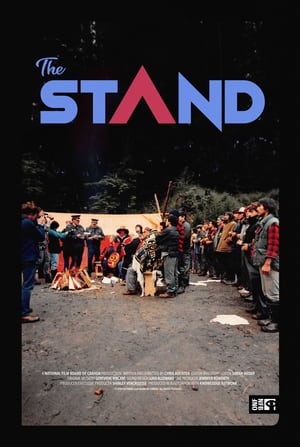 1.0
1.0The Stand(en)
On a misty morning in the fall of 1985, a small group of Haida people blockaded a muddy dirt road on Lyell Island, demanding the government work with Indigenous people to find a way to protect the land and the future. In a riveting new feature documentary drawn from more than a hundred hours of archival footage and audio, award-winning director Christopher Auchter (Now Is the Time) recreates the critical moment when the Haida Nation’s resolute act of vision and conscience changed the world.
 0.0
0.0Ninan Auassat: We, the Children(fr)
Known for her intimate films, director Kim O’Bomsawin (Call Me Human) invites viewers into the lives of Indigenous youth in this absorbing new documentary. Shot over six years, the film brings us the moving stories, dreams, and experiences of three groups of children and teens from different Indigenous nations: Atikamekw, Eeyou Cree, and Innu. In following these young people through the formative years of their childhood and right through their high school years, we witness their daily lives, their ideas, and aspirations for themselves and their communities, as well as some of the challenges they face.
 0.0
0.0The Conquest of Space(sv)
Fruit Flies, frogs and dogs are only a few of the many animals man has sent into space. The short documentary The Conquest of Space tells the story about the chimpanzee Ham that was sent to space some months before Gagarin became the first man in space. Based on archival footage from NASA and National Archives, The Conquest of Space is tragicomic look at the space program and the animals that went into space before humankind.
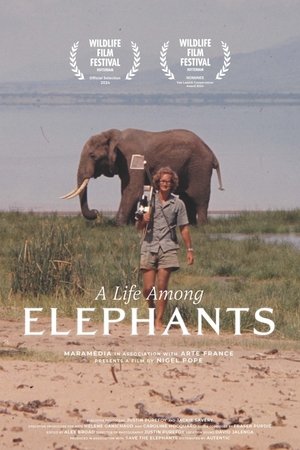 10.0
10.0A Life Among Elephants(en)
60 years ago, almost nothing was known of elephants in the wild. But then one young Scottish biologist changed that forever. In 1965 Iain Douglas-Hamilton arrived in Tanzania to live alongside African elephants. Later joined by his wife Oria and daughters Saba and Dudu, elephants became central to their lives with matriarch Boadicea and gentle young mother Virgo cherished like human relatives. But this garden Eden was short-lived as an ivory poaching epidemic swept across Africa forcing Iain to switch from pioneering scientist to maverick conservationist. He became a lone crusader against the international Ivory trade which was finally banned in 1989. Now back in the field and revealing even more about the fascinating world of elephants, Iain’s work continues alongside a new generation of Kenyan conservationists. This inspiring documentary combines stunning wildlife imagery with the story of a remarkable life showing how sometimes you have to stand alone to protect what you love.


